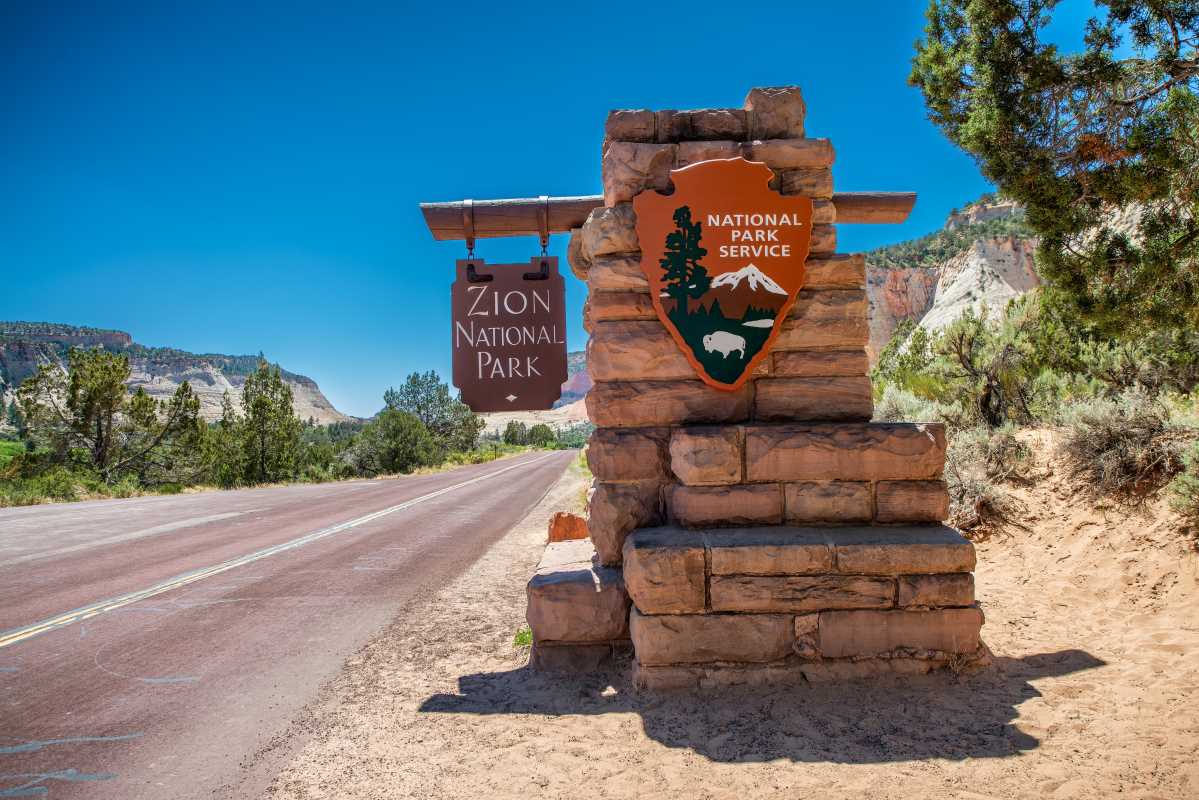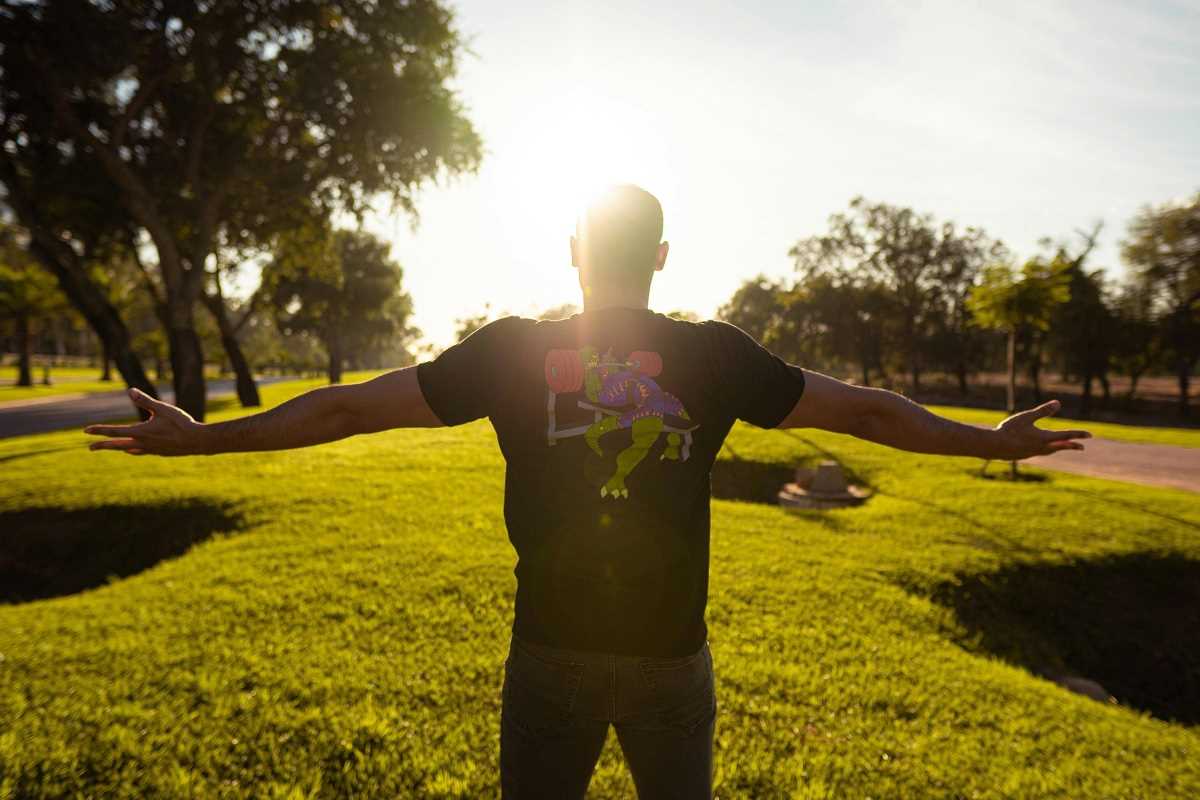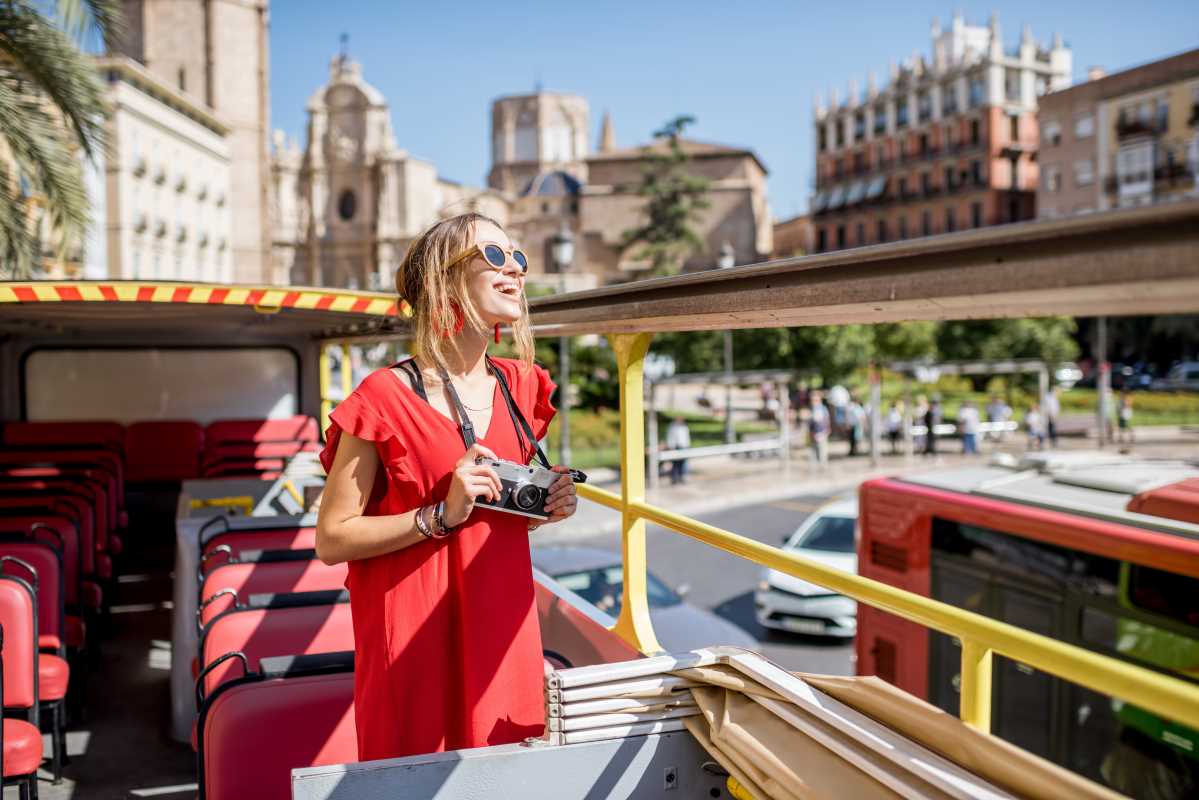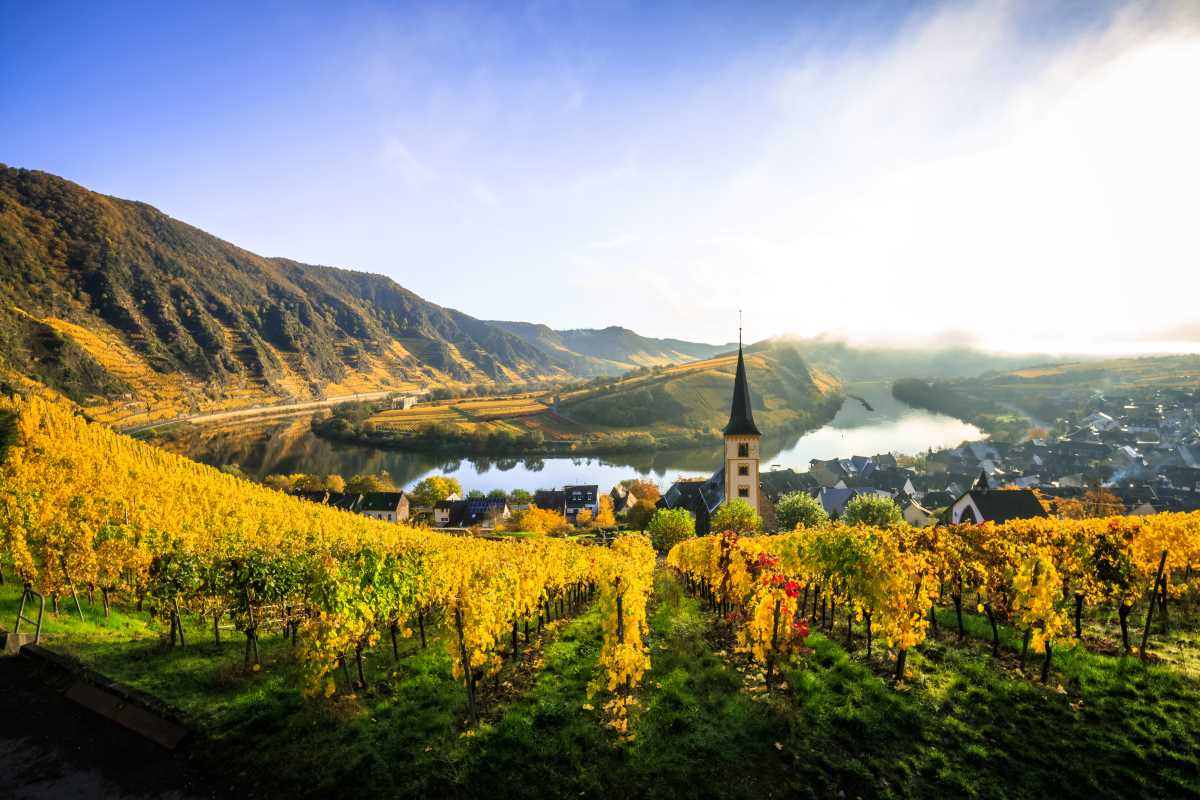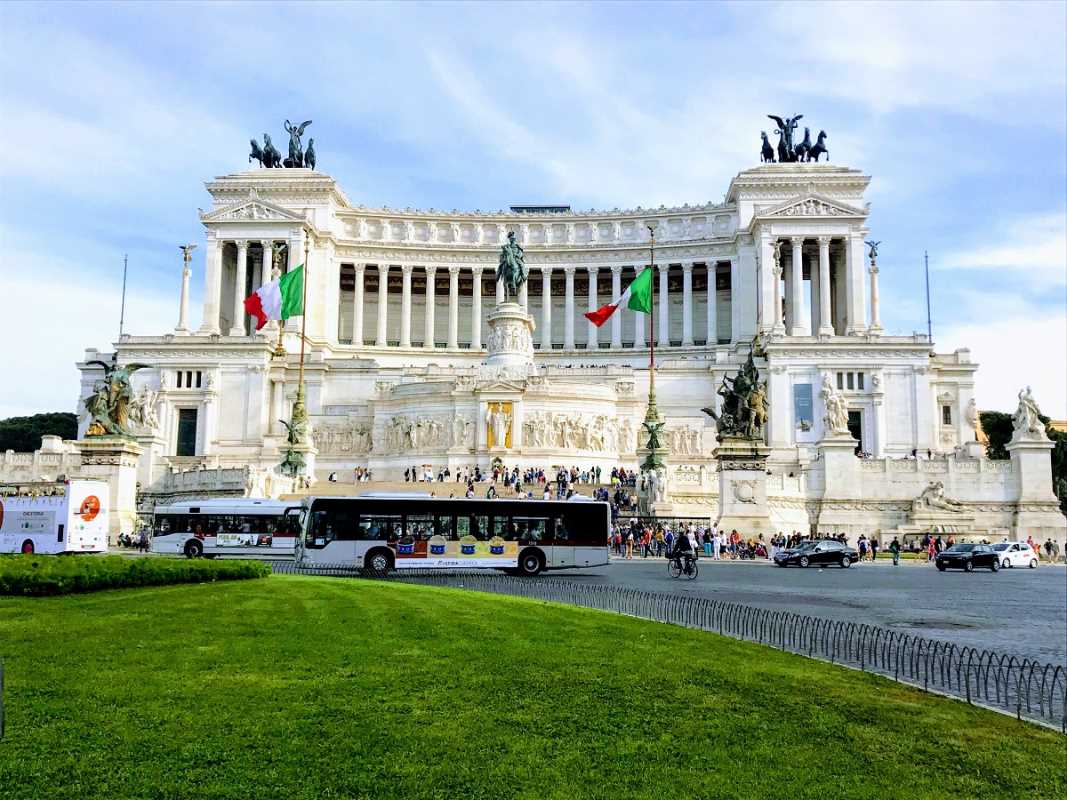National parks are treasures worth celebrating—places where we can admire breathtaking landscapes, encounter wildlife, and connect with nature in its purest form. However, as love for these outdoor havens grows, a new challenge emerges: overcrowding. With millions of people flocking to national parks each year, many have become hotspots of congestion, overwhelming resources and diminishing the experience they were designed to offer. It's gotten so bad, that some people have started seeking out alternatives.
Let's take a closer look at some of the most overcrowded national parks, the reasons behind this surge of visitors, the impact on these precious landscapes, and potential solutions to preserve their beauty for generations to come.
What’s Driving the Crowds?
Over the past decade, factors like increased tourism, the lure of social media, and improved accessibility have caused visitation numbers to soar. Here’s why national parks are seeing such a surge:
1. Social Media Influence
Platforms like Instagram and TikTok have turned national parks into digital celebrities. Postcards of serene landscapes have been replaced by influencers posting selfies at Yosemite’s Tunnel View or Zion’s Angel's Landing. Viral content promotes the idea that anyone can experience these awe-inspiring locations, motivating visitors from around the world to add them to their bucket lists. But the downside? Many scenic overlooks and hiking trails are now jam-packed with aspiring photographers hoping to capture their perfect moment.
2. International and Domestic Tourism
Travel is easier and more affordable than it once was. Low-cost flights, better infrastructure, and more vacation time have encouraged both international and domestic tourists to explore America’s natural wonders. For example, iconic parks like Yellowstone and the Grand Canyon have seen more international visitors, drawn by their global reputation. During peak seasons, language barriers and high volumes of people contribute to logistical headaches.
3. Accessibility and Convenience
National parks are more accessible than ever. Improved road systems, shuttle services, and nearby accommodations make planning a trip effortless, especially to popular parks like Yosemite and Zion. What was once a rugged, remote experience is now a manageable weekend outing for thousands of families.
While these factors speak to the broader appreciation for natural spaces, they also come at a steep cost—both for the parks themselves and for the people who visit them.
Yellowstone National Park
America’s first national park is also one of its most beloved. Yellowstone was visited by over 4.8 million people in 2021, breaking its own records. The trouble is that an overwhelming number of visitors tend to flock to the park’s famous attractions, like Old Faithful and Grand Prismatic Spring. Traffic jams are now a fixture, as cars line up for miles during summer. The strain is evident in the soil-bare trampling of popular hot spring areas and human-wildlife conflicts, with bears and bison often becoming a spectacle for overly intrusive onlookers.
Yosemite National Park
Yosemite, immortalized by photographer Ansel Adams, is both majestic and maddeningly overcrowded. Its annual visitor numbers hover between 4 and 5 million. While the vast wilderness of Yosemite is expansive, the central valley—which houses popular spots like El Capitan, Half Dome, and Yosemite Falls—becomes unbearably congested, especially in summer. Parking lots fill up by midmorning, long lines form for the shuttle system, and hiking trails are shoulder-to-shoulder with people. What was once a tranquil escape now feels more like touring a densely packed amusement park.
Zion National Park
Zion is smaller, geographically speaking, but it packs an enormous punch when it comes to visitation numbers. This Utah gem, known for its soaring red cliffs, recorded 5 million visitors in 2021. Despite its size, Zion ranks among the busiest parks in the United States. Trails like Angel's Landing and The Narrows have been hit hardest—overcrowding has led to accidents, trash accumulation, and erosion of fragile sandstone surfaces. Zion’s shuttle system helps reduce vehicle traffic, but it doesn’t eliminate the underlying issue of overall visitor management.
The Ripple Effects of Overcrowding
Overcrowding impacts parks in ways that go beyond temporary congestion. From environmental degradation to diminished visitor experiences, the consequences are serious.
1. Environmental Damage
Overcrowded trails and viewing platforms lead to soil compaction, erosion, and destruction of native vegetation. Visitors who wander off designated paths can further disrupt fragile ecosystems, and litter left behind by careless hikers takes a toll on the pristine environment. Wildlife also suffers—animals that become accustomed to human presence often struggle to maintain their natural behaviors, which affects the balance of these ecosystems.
2. Strain on Resources
National parks operate on limited budgets, and increased visitation strains facilities like bathrooms, visitor centers, and picnic areas. Trash collection becomes a monumental task when hordes of travelers descend on these sites. Park staff often must balance visitor management with conservation efforts, potentially neglecting one to address the other.
3. Diminished Visitor Experiences
For many, the appeal of national parks lies in their peace and solitude. Yet overcrowding strips away much of the magic. Instead of hearing birds chirping or rivers flowing, visitors are more likely to hear honking car horns or the chatter of crowds. For hikers looking for solitude, encountering dozens of others on the trail can detract from the wilderness experience they were hoping for.
Addressing the Overcrowding Crisis
Thankfully, there are ways to mitigate overcrowding without discouraging people from enjoying the outdoors. National parks can adopt strategies to balance preservation with access.
1. Reservation Systems
To limit the number of visitors at any given time, some parks have introduced reservation systems. For example, Yosemite required advance reservations for entry during the peak of the COVID-19 pandemic and saw success in reducing congestion. Similarly, Zion now requires permits to hike Angel's Landing, which ensures fewer people are on the trail at once.
2. Visitor Education
Visitors need to understand their impact on the environment. Better education campaigns—through signage, online materials, or orientations—can teach people how to Leave No Trace, stay on trails, and respect wildlife. Promoting awareness about alternative seasons can also help distribute visitors more evenly throughout the year.
3. Promoting Lesser-Known Parks
The National Park Service can encourage people to visit lesser-known parks rather than the same high-profile ones. For instance, while Yellowstone and Yosemite get all the glory, neighboring parks like Grand Teton and Kings Canyon have incredible landscapes with fewer crowds. Spreading out visitation could relieve pressure on the more popular destinations.
4. Strict Wildlife Protections
Stronger enforcement of rules about interacting with wildlife could reduce harmful human-animal interactions. Fines or penalties for those who feed, harass, or approach animals may help ensure wildlife safety.
5. Infrastructure Investment
Investment in infrastructure, such as expanded shuttle systems or additional restroom facilities, can help parks handle more visitors without compromising sustainability. However, these upgrades must be done thoughtfully to avoid further environmental disturbances.
National parks were established to protect nature while providing enjoyment. Striking the right balance between access and preservation is the challenge of our time. By implementing creative solutions, raising awareness, and redefining how we experience these sacred spaces, we can ensure they remain places of wonder for generations to come.
Visiting a national park shouldn’t feel like fighting through the throngs at a theme park. With smarter strategies and more conscious visitors, we can return to the idea of national parks as quiet sanctuaries for all who seek a connection with nature. If we act now, we might just turn the tide of overcrowding and preserve the magic of these incredible places.
